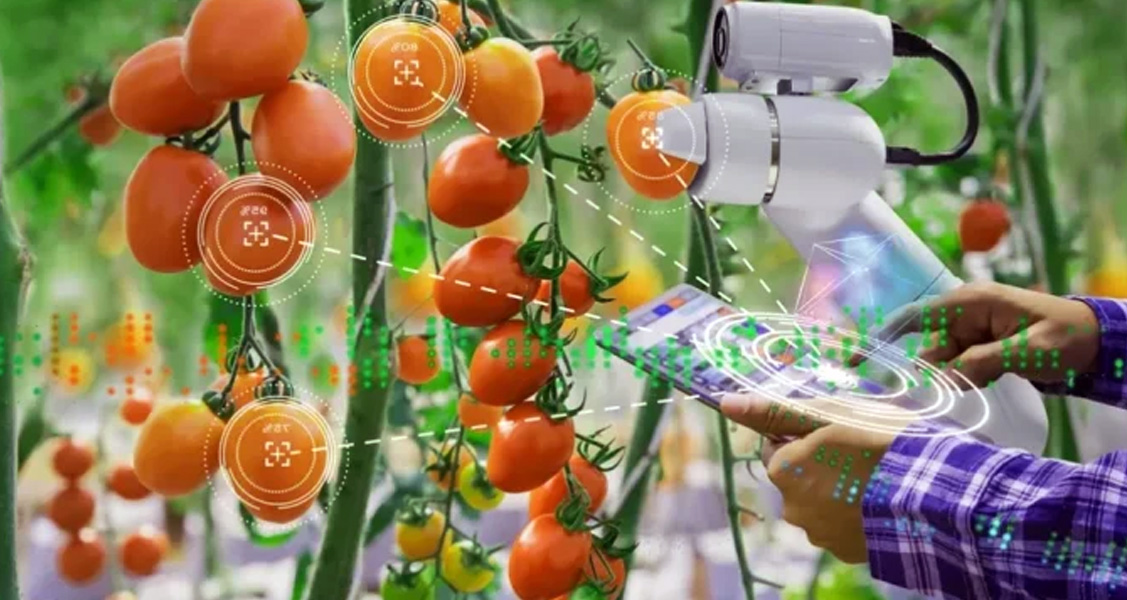
By creating a technique that uses artificial intelligence (AI) to accurately gauge the sweetness of local citrus fruits without harming them, a team of Pakistani scientists has made a significant scientific discovery. The team, under the direction of Dr. Ayesha Zeb from the National Centre of Robotics and Automation at the National University of Sciences and Technology (NUST), predicted fruit sweetness with an accuracy rate of more than 80%.
The researchers chose 92 citrus fruits from a farm in the Chakwal district, including varieties like Blood Red, Mosambi, and Succari, for their experiment. They recorded spectra, or patterns of light reflected off marked areas on the fruit’s skin, using a handheld spectrometer. The group examined the fruit samples using near-infrared (NIR) spectroscopy, which examines non-visible light. 64 of the 92 fruits were used for calibration, and 28 were used for spectrometer-based prediction.
Although the classification of fruit without damage using NIR spectroscopy is not new, the Pakistani team’s method was distinctive in that it used it to simulate the sweetness of local fruits. Additionally, they used artificial intelligence algorithms to categorize orange sweetness directly, which increased accuracy.
Traditionally, chemical and sensory testing are used to determine how sweet fruit is. Brix, a measurement of total sugars, is used to gauge how sweet oranges are, and titratable acidity (TA), a measure of citric acid, is used to determine how tart they are. By peeling off samples from the marked areas used for spectroscopy, the team was able to obtain reference values for Brix, TA, and fruit sweetness for the AI model.
Actual Brix and TA values were determined through laboratory tests on the juice that was extracted from the samples. Human tasters classified the fruits as flat, sweet, or extremely sweet after tasting them.
The team trained the AI algorithm on a total of 128 samples while using the spectra, reference values, and sweetness labels that were gathered. Based on the spectral data, the AI model was created to forecast Brix, TA, and sweetness levels. The researchers tested the model with information from 48 new fruits, comparing the predicted values with the actual measurements discovered through sensory assessments and chemical analysis, in order to assess the model’s accuracy.






